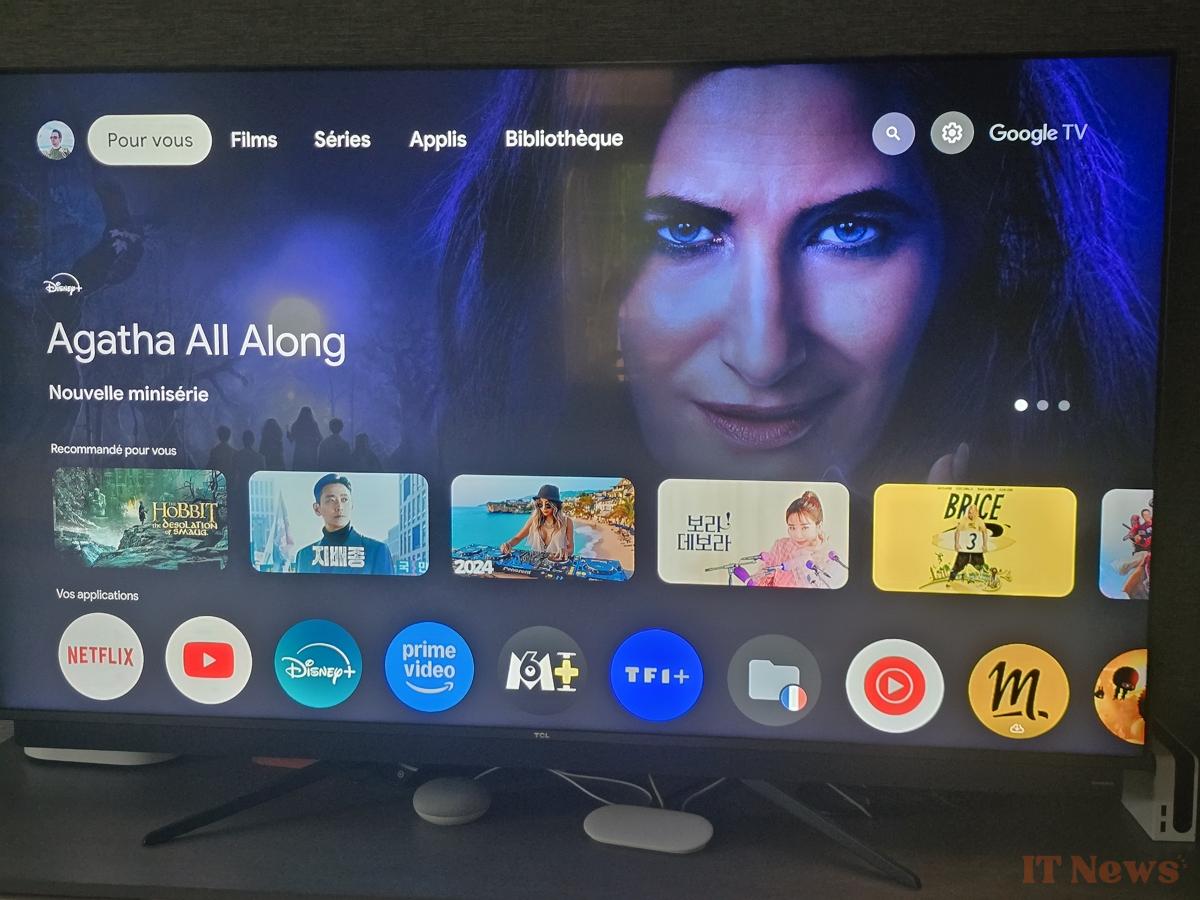A major new update is coming to Google TVs. Four highly anticipated features will transform the way you watch content. But another new feature might just cause a few sighs.
Connected TVs are constantly evolving to offer greater comfort, performance, and customization. Between image optimizations, new audio standards, and redesigned interfaces, each update can truly improve everyday use. But as is often the case in tech, not all new features are necessarily welcome for users.
The next version of Android TV, numbered Android 16, is coming to Google TV devices this year. It will bring four major new features: a new immersive audio format, automatic picture adjustments for streaming platforms, a modernized interface, and better management of HDMI connections. This update promises to improve overall functionality, but it will also introduce pop-up windows that some will find intrusive.
Google TV is getting an update with four free new features
The most notable new feature is the arrival of Eclipsa Audio, an alternative to Dolby Atmos supported by Google and Samsung. It will be available first on YouTube, before a possible wider rollout. At the same time, the MediaQualityManager feature will allow streaming applications to automatically adapt the TV settings (brightness, contrast, fluidity) based on the content. The interface will also be updated with the Material 3 Expressive graphic style, which is clearer and more modern. Finally, the reliability of HDMI-CEC connections will be strengthened, limiting dropouts and improving synchronization with other devices.
Here are the four main new features to remember:
- Eclipsa Audio: a new immersive audio format competing with Dolby Atmos
- Automatic settings for streaming content via MediaQualityManager
- New visual interface with Material 3 Expressive
- Improved HDMI-CEC stability for better compatibility between devices
But not everything is perfect. Android TV 16 will also introduce “Rate this app” windows, similar to those already seen on smartphones. These pop-ups, activated by developers, could appear on the screen while you use certain applications. This new feature is likely to annoy many users, especially on TVs. Google hasn't yet announced a specific rollout date. As is often the case, the timeline will depend on the manufacturer, with some devices receiving the update earlier than others.




0 Comments